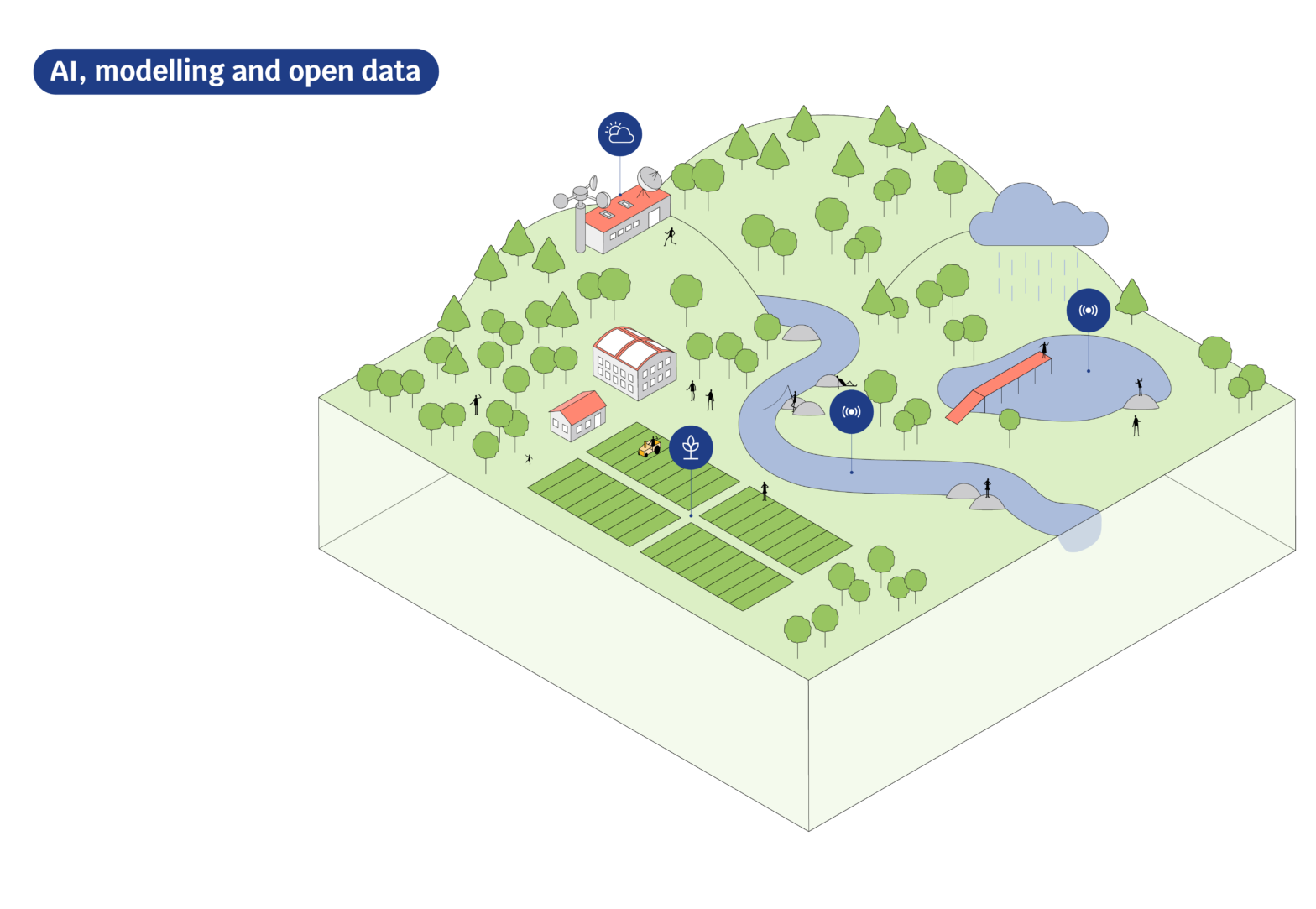Winner: BT
Project: Resolve
Business goal: To ensure high-quality support services for millions of broadband customers by integrating the diverse helpdesk applications used by agents.
Project partner: Corizon
In the consumer broadband market, the quality of the telephone support service is a critical differentiator. If calls take too long, or the staff appear to be ill-equipped or ill-informed, consumers become frustrated and the brand can be seriously undermined, resulting in lower sales and margins.
BT’s strategy in the broadband sector, explains Roger Buck, broadband helpdesk change manager at BT, has been to lead the market in customer service – it is not necessarily to offer the very cheapest service, or to make money from people hanging on the line. “We want to fix the problem first time, every time. And we don’t want them hanging on the phone for any reason,” he says.
That is a difficult challenge, given the scale of BT’s broadband service. There are more than 10 million residential broadband customers in the UK, with BT the clear market leader. Many of those seeking help with their service are trying to establish or re-establish an Internet connection or are setting up wireless technology for the first time. In addition, BT has introduced several new services, including its voice-over-IP Talktime offering.
To deal with this on the nationwide scale required by BT, the company’s helpdesk system needs to support 1,000 concurrent helpdesk operators, fielding up to 30,000 calls per day. Helpdesk agents typically have to access up to seven applications to handle any customer’s problem. For example, they may need to know the status of an order with one application, the billing status with another, run line tests on the quality of the connection using a third tool, invoke a client-side diagnostics application to make sure user-error is not to blame for any problems, and check accounts on the user’s premium services – BT Broadband Talk and BT Vision – in two separate applications.
Until recently, the way the operator dealt with these calls was to use the ALT-TAB keys on the keyboard to switch between applications (sometimes referred to as ‘swivel-chair integration’). Each of the software interfaces looked entirely different, and sometimes data had to be re-keyed from one application to another. That inevitably led to some delays and problems, especially for the less experienced operators.
BT looked at several technical solutions to the problem, including using web services to send data between applications, and to build a big, new integrated application. This last solution was not feasible – there are too many large applications involved, including some operated by different parts of BT.
The solution was to integrate the services using the Corizon Platform from UK-based software company Corizon. The software enables the relevant functions of any set of applications to be transformed into building blocks called User Interface Services. These can then be ‘mashed-up’ in a single composite interface. Using Corizon, BT mashed its seven applications into one screen. A series of green and red lights across the screen are used to take the operator through the process, as the diagnosis and any fixes are made.
Corizon runs on a group of servers in a similar manner to Citrix, so that each service is delivered to the desktop operator as a thin-client, browser-based function. This means that operator equipment configurations are unimportant (as long as they have a Java web browser) and there is no desktop software to support. This also gives BT the option to place its operators wherever it needs to – within the UK or in India, for example.
As a result of the new system, first call resolution has improved 3% for simple problems and 20% for more complex problems, with average call handling time down by 25 seconds. This means that call escalations have been reduced by 8,600 calls per week, and the system has paid for itself within 12 months. BT is now looking to augment the helpdesk platform with additional technology, such as a case-based reasoning system (for building up a shared body of problem solving expertise), to further improve the speed and cost effectiveness of call resolution.
Highly Commended
Channel 4
On-demand content is a disruptive technology force in the broadcast and telecoms industries. In 2006, Channel 4 implemented the first major system in the UK, 4-on-Demand (4oD), making many of its TV programmes available on replay over the web. Programmes shown during the previous seven days can be viewed using software developed with digital infrastructure software and service provider VeriSign. It enables fast access to content, while managing all related digital rights.
Skanska McNicholas
Skanska McNicholas, a company that makes emergency and scheduled repairs to the UK’s road network, can be fined if jobs overrun or fall short of quality thresholds. Since it implemented mobile reporting technology (Site Mobility System), with handheld devices used to send back data and pictures, the speed and quality of work has improved dramatically and it has incurred fewer penalties.










